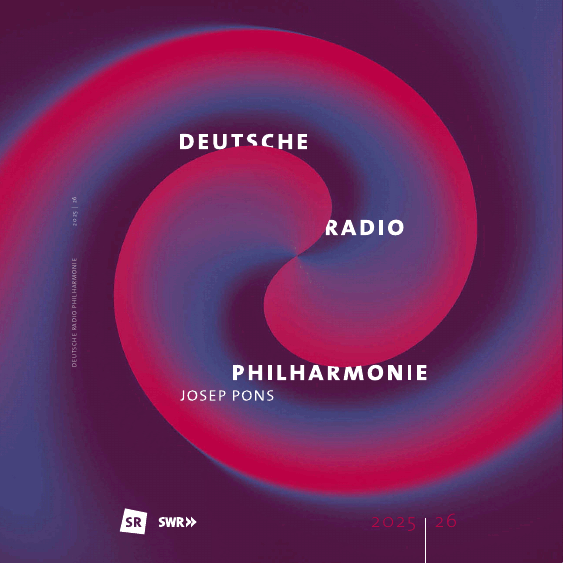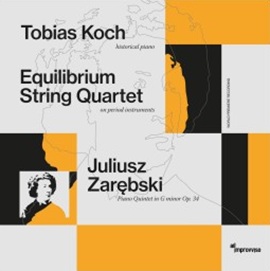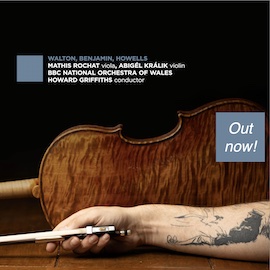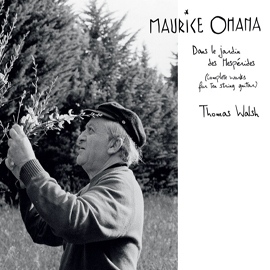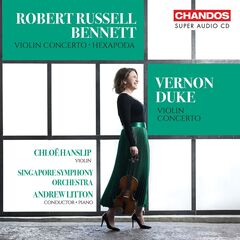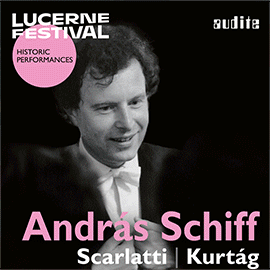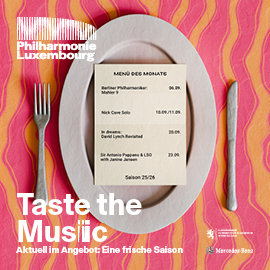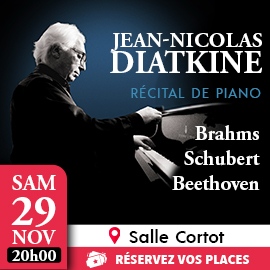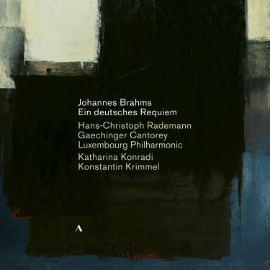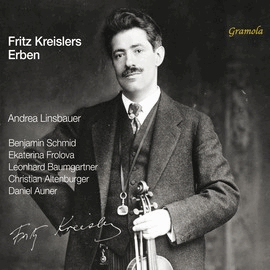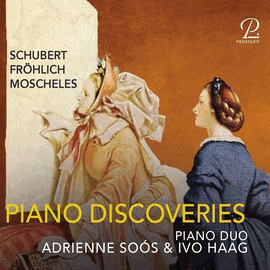Der Nadia-Boulanger-Schüler Robert Russell Bennett (1894-1981) hat mit seinem Violinkonzert ein Werk komponiert, das in der Gattung eine singuläre Stellung einnimmt: es ist brillant und extrovertiert, bewusst leicht und unterhaltsam.
Das 1941 komponierte Werk hat vier Sätze und beginnt mit einem fröhlich hopsenden Allegro moderato, in das die Violine ‘seriösere’ Klänge bringen will. Aber der Showcharakter geht dem Satz nicht verloren.
Der langsame Satz ist lyrisch-elegisches Schwelgen von stimmungsvoller Süße. Dann folgt ein frenetisches Scherzo, ehe das farbig flimmernde Finale das Werk glanzvoll zu Ende bringt.
Danach ist Hexapoda für Violine und Klavier zu hören, ein Werk mit dem Untertitel Five Studies in Jitteroptera. Der Jitterbug war eine Art Swingtanz aus den späten 1930-er und frühen 1940-er Jahren.
Die erste Etüde ist als Gut Bucket Gus bezeichnet. Während dieser ruhig swingt, ist der zweite Satz, Jane shakes her hair, frenetisch. Danach folgt ein langsamer Satz, Betty and Harold Close Their Eyes, während die beiden letzten Sätze wiederum sehr stürmisch ausgefallen sind.
Vernon Duke wurde 1903 in Minsk geboren und als Neunzehnjähriger von George Gershwin entdeckt, der ihn überredete, mit ihm in Amerika zusammenzuarbeiten. Im Laufe der Jahre wurde Duke ein gefragter Komponist, der sich sowohl der populären Musik wie auch der Symphonik widmete. Nach seinem Tod 1969 geriet er aber schnell in Vergessenheit
Sein Violinkonzert stammt aus dem Jahr 1943. Es ist bei aller Virtuosität kein so leichtes, unterhaltsames Werk wie das Konzert von Bennett. Es klingt viel moderner, mitunter dissonant und ohne nachhaltige Themen im ersten Satz. Der zweite Satz ist ein Walzer.
Der dritte Satz besteht aus einem Thema und sechs Variationen. Es ist ein phantasievoller, doch nicht einfach zu erfassender Satz.
So enthält dieses Album also zwei sehr gegensätzliche Violinkonzerte, von denen das von Bennett, auch wenn es nicht so ernsthaft und anspruchsvoll ist als das von Duke, doch jenes ist, das sich einem am besten einprägt.
Die Interpretationen sind hochkarätig, die Solistin und das Orchester aus Singapur stellen sich hundertprozentig in den Dienst der Musik und machen jeweils das Beste draus.
Nadia Boulanger’s pupil Robert Russell Bennett (1894-1981) composed a violin concerto that occupies a unique position in the genre: it is brilliant and extroverted, deliberately light and entertaining.
Composed in 1941, the work has four movements and begins with a cheerfully bouncing Allegro moderato, into which the violin seeks to bring a more ‘serious’ sound. But the show character of the movement is not lost.
The slow movement is lyrical and elegiac, full of atmospheric sweetness. This is followed by a frenetic scherzo before the colorful, shimmering finale brings the work to a glorious close.
This is followed by Hexapoda for violin and piano, a work with the subtitle Five Studies in Jitteroptera. The jitterbug was a kind of swing dance from the late 1930s and early 1940s. The first etude is called Gut Bucket Gus. While this swings quietly, the second movement, Jane shakes her hair, is frenetic. This is followed by a slow movement, Betty and Harold Close Their Eyes, while the last two movements are again very stormy.
Vernon Duke was born in Minsk in 1903 and was discovered at the age of nineteen by George Gershwin, who persuaded him to work with him in America. Over the years, Duke became a much sought-after composer, devoting himself to both popular music and symphonic music. After his death in 1969, however, he was quickly forgotten
His violin concerto dates from 1943 and, for all its virtuosity, it is not as light and entertaining a work as Bennett’s concerto. It sounds much more modern, sometimes dissonant and without any lasting themes in the first movement. The second movement is a waltz.
The third movement consists of a theme and six variations. It is an imaginative movement, but not easy to grasp.
So this album contains two very contrasting violin concertos, of which Bennett’s, although not as serious and demanding as Duke’s, is the one that is most memorable.
The interpretations are top-class, the soloist and the Singapore orchestra put themselves one hundred percent at the service of the music and make the best of it.



